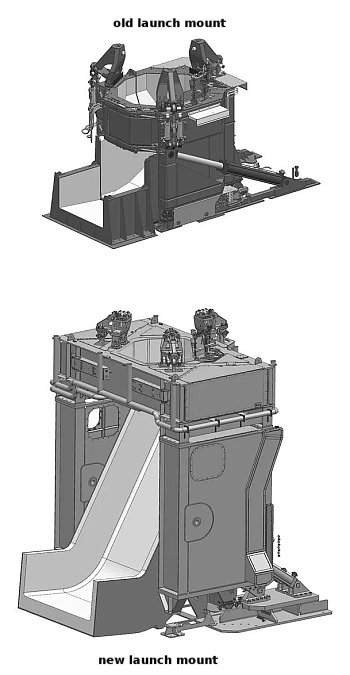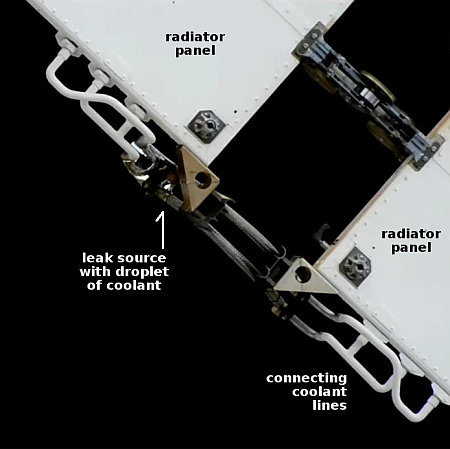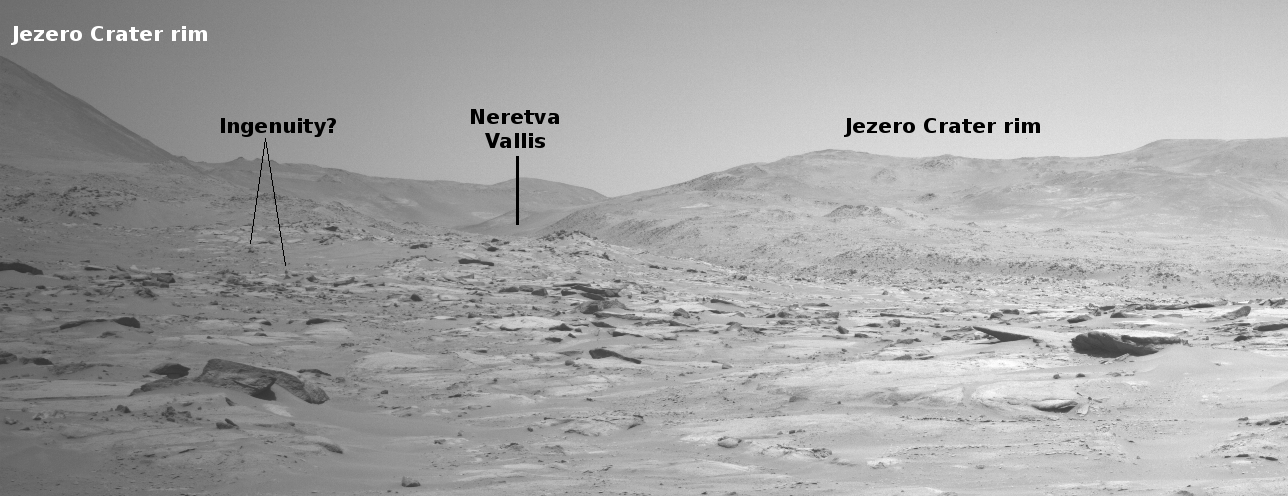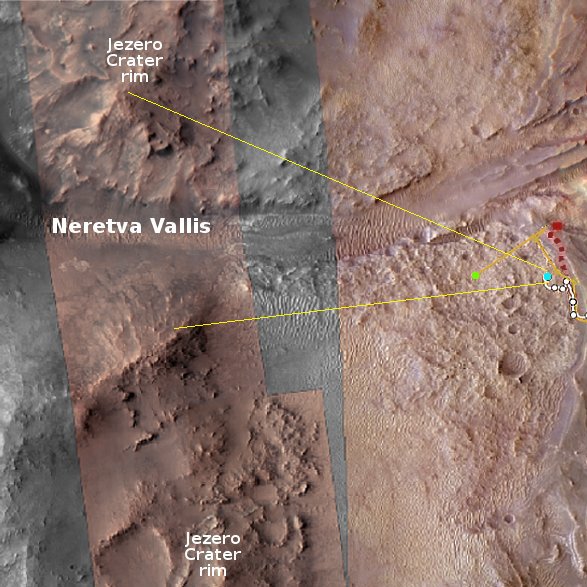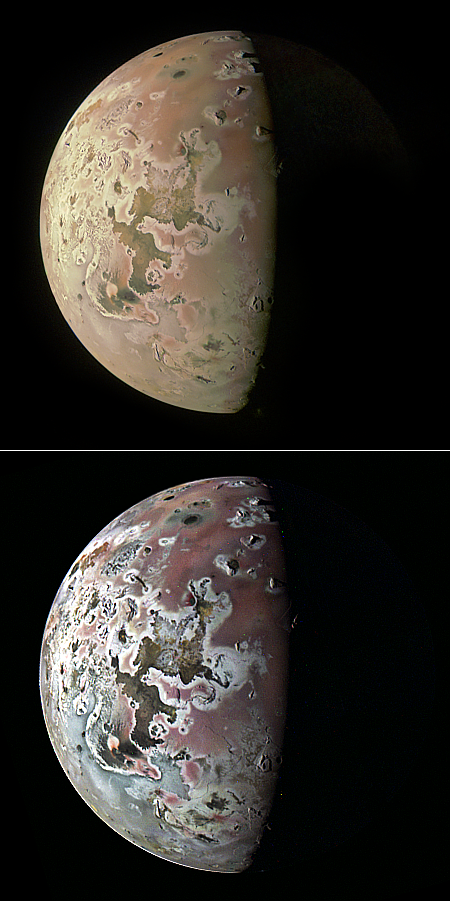Is a recently discovered near Earth asteroid a piece from the Moon?
The uncertainty of science: Researchers now think they have enough information to claim that a recently discovered near Earth asteroid, dubbed Kamo`oalewa, could actually be a piece of the Moon, flung from it during a asteroid impact in the past few million years.
The 2021 study found that Kamo`oalewa’s spectrum was unlike that of other near-Earth asteroids but matched most closely that of the moon. Based on this, the team hypothesized that the asteroid could have been ejected from the lunar surface as a result of a meteoroidal impact.
In the new study, Malhotra and her team wanted to determine the feasibility for a knocked-off piece of the moon to get into this quasi-satellite orbit – a phenomenon that is quite unlikely, Malhotra said. Moon fragments that have enough kinetic energy to escape the Earth-moon system also have too much energy to land in the Earth-like orbits of quasi-satellites, she said.
With numerical simulations that accurately account for the gravitational forces of all the solar system’s planets, Malhotra’s group found that some lucky lunar fragments could actually find their way to such orbits. Kamo`oalewa could be one of those fragments created during an impact on the moon in the past few million years, according to the study.
The scientists add that the asteroid’s solar orbit, which keeps its flying in relative formation with the Earth for millions of years, strengthens this hypothesis.
It must be noted that this remains an unconfirmed hypothesis. A spacecraft would have to visit Kamo’oalewa and obtain samples to study to confirm it.
The uncertainty of science: Researchers now think they have enough information to claim that a recently discovered near Earth asteroid, dubbed Kamo`oalewa, could actually be a piece of the Moon, flung from it during a asteroid impact in the past few million years.
The 2021 study found that Kamo`oalewa’s spectrum was unlike that of other near-Earth asteroids but matched most closely that of the moon. Based on this, the team hypothesized that the asteroid could have been ejected from the lunar surface as a result of a meteoroidal impact.
In the new study, Malhotra and her team wanted to determine the feasibility for a knocked-off piece of the moon to get into this quasi-satellite orbit – a phenomenon that is quite unlikely, Malhotra said. Moon fragments that have enough kinetic energy to escape the Earth-moon system also have too much energy to land in the Earth-like orbits of quasi-satellites, she said.
With numerical simulations that accurately account for the gravitational forces of all the solar system’s planets, Malhotra’s group found that some lucky lunar fragments could actually find their way to such orbits. Kamo`oalewa could be one of those fragments created during an impact on the moon in the past few million years, according to the study.
The scientists add that the asteroid’s solar orbit, which keeps its flying in relative formation with the Earth for millions of years, strengthens this hypothesis.
It must be noted that this remains an unconfirmed hypothesis. A spacecraft would have to visit Kamo’oalewa and obtain samples to study to confirm it.



